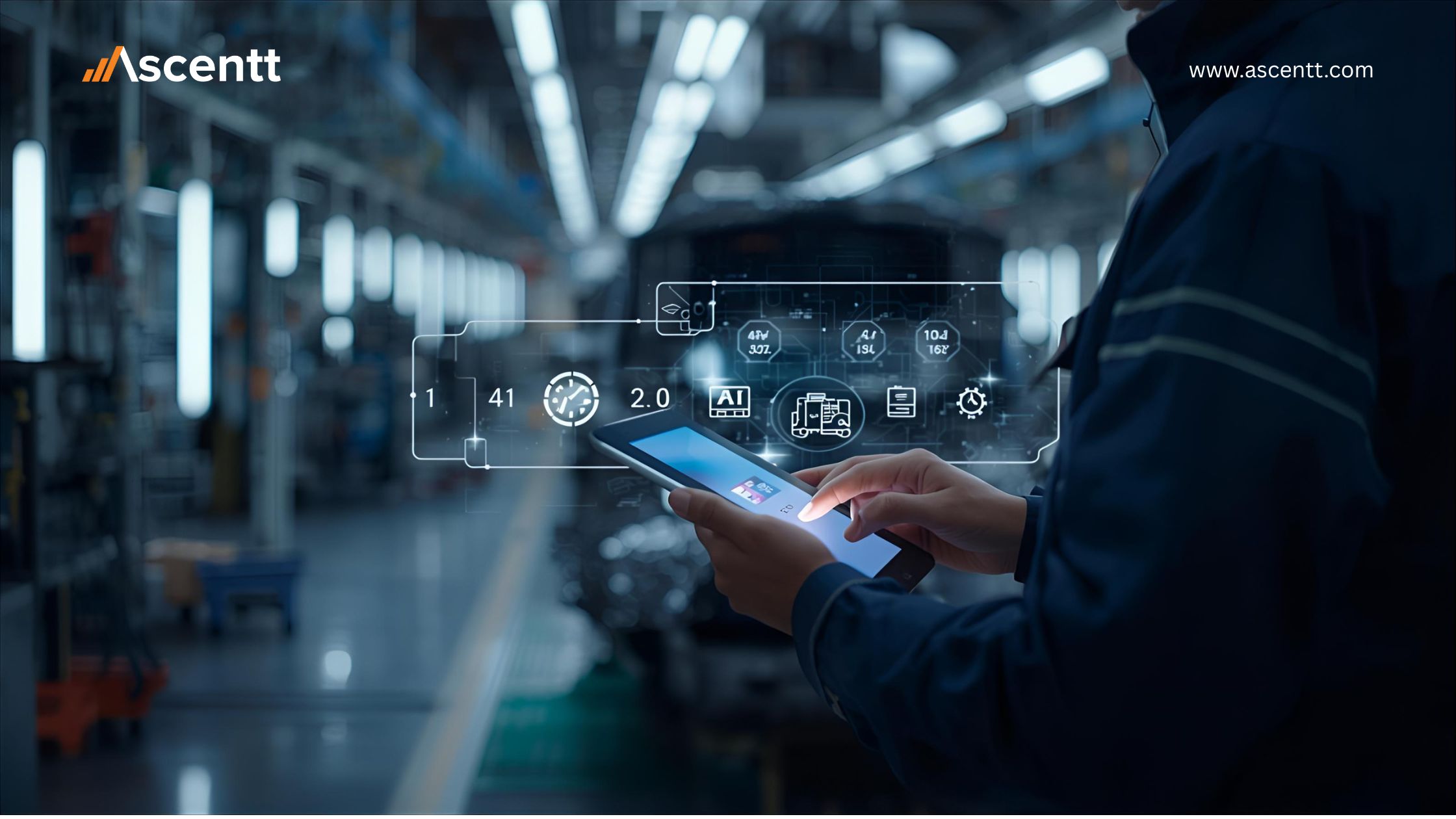Indeed, technology is fast evolving, and the gaming industry is perched on the crest of this wave, taking in all forms of innovations that change the game from play to interaction within the virtual environment. One of the major changing trends that can be seen emerging from this dynamic area as part of its effect is spatial computing.
Spatial computing leverages latest technologies such as augmented reality (AR), virtual reality (VR), extended reality (XR), and mixed reality (MR) to erase the boundaries between the real and virtual worlds, creating truly immersive experiences. These technologies are driving demand for real-time, interactive 3D experiences where physical and virtual objects seamlessly align. In fact, by 2028, 20% of people will experience contextual and location-based content once a week—up from less than 1% in 2023.
Credit: Gartner
Spatial computing not only redefines the experience through which games will be exercised, but it will actually redefine the very essence of gaming itself, such as creating richer environments, deeper player engagement, accessibility, and much more.
This article discusses how and why spatial computing will be more than a buzzword in today’s gaming industry, particularly focusing on transforming game design, player interaction, and prospects for integration with other technologies. Developers and gamers would realize the importance of acknowledging the concepts of spatial computing to be most prepared for the future of gaming, as this great innovation continues to catch pace.
What Are the Core Concepts of Spatial Computing?
- Augmented Reality (AR)
AR refers to an experience in which digital information is overlaid in the real world, thus enriching the physical environment with interactive elements. AR offers the opportunity to transform everyday activities into exciting ones by bringing contextual digital content. Examples include Pokémon GO, in which real-world locations are used as gaming landscapes, and IKEA Place, an application that consumers can use to see how furniture would look in a home before buying.
- Virtual Reality (VR)
VR creates fully immersive digital environments, dropping users into worlds entirely detached from the physical. With VR headsets like the Oculus Quest or Valve Index, gamers can explore detailed, lifelike settings, interact with virtual objects, and experience levels of immersion not previously possible. VR is changing the way people play, offering engagement at a level unexcelled in environments devised for digital exploration alone.
- Mixed Reality (MR)
MR combines both the physical and digital worlds, creating an environment where users can interact with both simultaneously. The applications of the Microsoft HoloLens and Magic Leap are designed to be used in such places where virtual objects are not overlaid but anchored into real-world spaces. This will open up the possibility for highly interactive experiences in games, for example, controlling virtual characters with furniture in the real world or a collaborative game between real and virtual objects.
- Extended Reality (XR)
There’s a general, umbrella term referring to AR, VR, MR, and other related technologies: Extended Reality—XR for short. XR really is more about the whole spectrum of immersive experiences supported by spatial computing. This would mean bringing all the technologies under the same concept because XR would highlight the flexibility of spatial computing over games and beyond.
How Does Spatial Computing Work?
- Sensor Fusion
Sensor fusion becomes core to spatial computing, where devices combine data from multiple sensors like cameras, GPS, and accelerometers—all put together into an interpretable view of an environment for further interaction. This creates a basis for applications like AR navigation or interactive gaming, which is dynamic in relation to real-life movement by fusion of sensory input.
- Spatial Mapping
Concerned with generating a 3D map of the environment from cameras or sensor data. It can enable devices to understand spatial relations and physical layouts, supporting near-field apps in immersive, which is necessary to adapt to reality or to the AR/VR systems with smoother integration into a space. A common 3D spatial map will need helper components, which a LIDAR or a depth-sensing camera provides in support.
- Machine Learning (ML)
In spatial computing, ML is crucial for spatial data analysis in either making predictions or automating tasks. Similarly, ML algorithms in games can be used to offer a highly personalized experience for players based on their habits, or they might improve interactions with virtual characters by learning from the player’s inputs. The ability to adapt and optimize enhances functionality and immersion.
- Haptic Feedback Systems
These provide tactical user responses for communication, creating a sense of touch in digital interactions. A number of devices, such as game controllers or VR gloves, generate vibrations, pressure, or motion, simulating the physical sensations associated with, for example, a virtual weapon recoil or even surface texture. This haptic feedback deepens immersion because it involves the sense of touch, beyond mere visual and auditory stimuli.
Transformative Benefits for the Gaming Industry
- Immersive Experiences: Spatial computing transforms gameplay through immersive environments, merging the real and digital worlds to offer a lifelike experience. Technologies like VR and AR provide in-depth engagement, enhancing the gaming atmosphere significantly.
- New Game Mechanics: Innovative mechanics, brought through the use of gesture controls, spatial audio, and realistic interactions, redefine player interaction. These features breathe new life into gameplay, stimulating creativity and immersion.
- Sociable and Collaborative Play: Enhanced social experiences are now possible with real-time interactions in spatial computing, allowing players to work together within virtual spaces. This boosts community spirit by facilitating collaborative tasks among gamers.
- Games Made More Accessible and Inclusive: Additionally, accessibility and inclusivity in gaming escalate with spatial computing. Advanced features like gesture controls and enhanced audio make the gaming platform more accommodating for individuals with varying abilities, broadening the inclusion within the gaming community.
Future Trends and Developments
- Rise of Standalone Devices: The rise of standalone devices in computing aims to simplify spatial interactions by removing cables and enhancing usability and mobility. Devices like Apple Vision Pro may reduce entry points, facilitating broader user adoption, particularly in gaming sectors.
- Cloud Gaming and 5G: Cloud gaming and 5G networks may combine to deliver complex spatial computing applications to lightweight devices without compromising quality. This fosters access to high-performance AR/VR without expensive hardware investments, broadening the user base.
- Integration with Other Technologies: Blockchain, NFTs, and the metaverse may increasingly intertwine with spatial computing. This integration opens avenues for novel in-game asset ownership, trading mechanisms, and interaction methods.
- Cross-Industry Collaboration: Industry partnership initiatives between gaming firms, technology firms, and sectors such as retail or education expand the scope of spatial computing applications. These collaborations spur innovation, potentially integrating gaming experiences across various domains and markets.
Conclusion
Spatial computing is revolutionizing the gaming industry with its changes in gameplay, interaction between players, and accessibility. With the maturation of these technologies—standalone devices, 5G, blockchain integration—the possibility for immersive and interactive experiences will grow even bigger. This is no longer a trend; this is the future.
Stay ahead of the revolution in gaming. Our AI and ML expertise can help you create innovative, immersive experiences that capture players. Contact us today to bring your vision to life and redefine the future of gaming!



